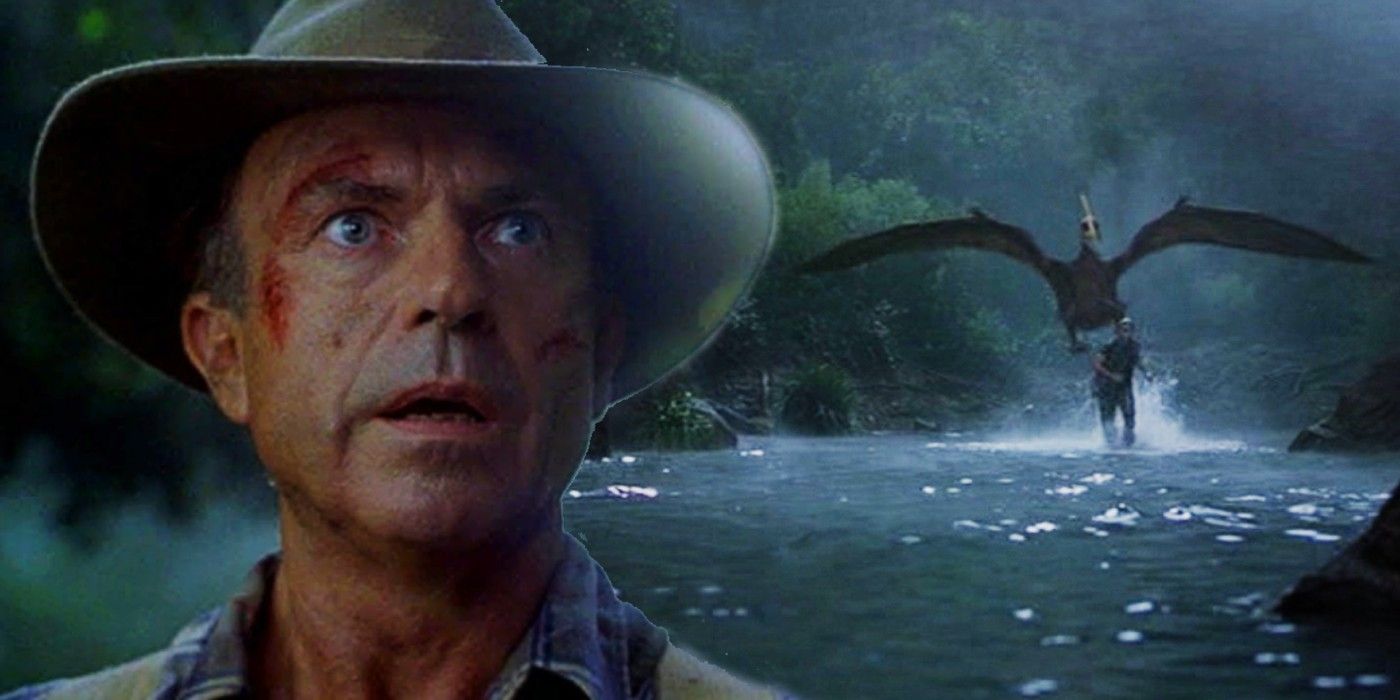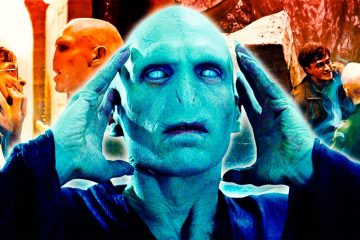The Jurassic Park franchise has touched the hearts and minds of generations of viewers thanks to its impressive special effects, compelling story and terrifying dinosaurs. However, the one thing that most fans have gravitated toward has been the creatures like the T-Rex and Velociraptor that have given cinema some of the best kills and moments of horror, unlike anything that came before. Even still, while only a handful of dinosaurs have made a mark on the larger populace, there are others that, even with a smaller amount of screentime, have proven on more than one occasion that they deserve just as much respect.Flying dinosaurs like Pteranodons have been in the franchise since The Lost World: Jurassic Park and represented some pretty impressive and exciting moments. Jurassic World and Jurassic World: Dominion took things a step further with the introduction of the Dimorpodon and Quetzalcoatlus, which added new types of dangers to those out in the open. But even with these new additions to the franchise, they never got a chance to show off their skills nearly as much as the old standbys. Even now, with both trilogies complete, this void is still felt and deserves a chance to be rectified.One of the most important messages in the Jurassic Park franchise was the idea that life would find a way, no matter what obstacles were placed before it. In Jurassic Park, this was proven when a park that claimed to have the creatures contained and under control lost all measure of control, thanks to a hurricane and the betrayal of Dennis Nedry. Because of these factors, the dinosaurs escaped and remained free for decades until Jurassic World tried again, only to fail when its corporate leaders created the Indominus Rex. In the end, evolution was inevitable, and while the warning came in Jurassic Park, its sequels offered the evidence thanks to flying dinosaurs.RELATED: Margot Robbie Compared Barbie to Jurassic Park in a Pitch Meeting
The Jurassic Park franchise has touched the hearts and minds of generations of viewers thanks to its impressive special effects, compelling story and terrifying dinosaurs. However, the one thing that most fans have gravitated toward has been the creatures like the T-Rex and Velociraptor that have given cinema some of the best kills and moments of horror, unlike anything that came before. Even still, while only a handful of dinosaurs have made a mark on the larger populace, there are others that, even with a smaller amount of screentime, have proven on more than one occasion that they deserve just as much respect.
Flying dinosaurs like Pteranodons have been in the franchise since The Lost World: Jurassic Park and represented some pretty impressive and exciting moments. Jurassic World and Jurassic World: Dominion took things a step further with the introduction of the Dimorpodon and Quetzalcoatlus, which added new types of dangers to those out in the open. But even with these new additions to the franchise, they never got a chance to show off their skills nearly as much as the old standbys. Even now, with both trilogies complete, this void is still felt and deserves a chance to be rectified.
One of the most important messages in the Jurassic Park franchise was the idea that life would find a way, no matter what obstacles were placed before it. In Jurassic Park, this was proven when a park that claimed to have the creatures contained and under control lost all measure of control, thanks to a hurricane and the betrayal of Dennis Nedry. Because of these factors, the dinosaurs escaped and remained free for decades until Jurassic World tried again, only to fail when its corporate leaders created the Indominus Rex. In the end, evolution was inevitable, and while the warning came in Jurassic Park, its sequels offered the evidence thanks to flying dinosaurs.
#Jurassic #Parks #Scariest #Dinosaurs #Time #Shine
Note:- (Not all news on the site expresses the point of view of the site, but we transmit this news automatically and translate it through programmatic technology on the site and not from a human editor. The content is auto-generated from a syndicated feed.))



